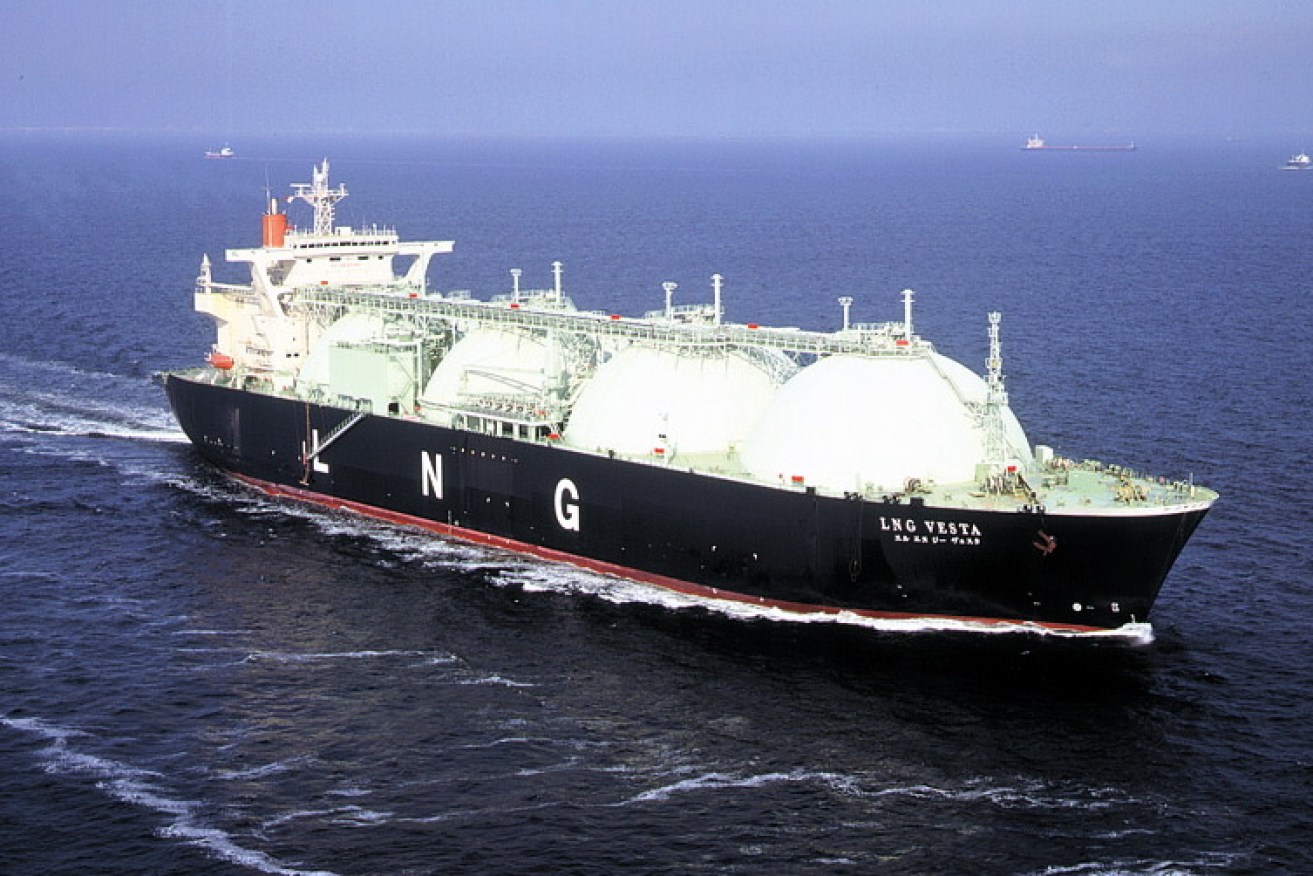Australia, world’s largest gas exporter, building terminals for gas imports


There are plans for five gas import terminals in Victoria, New South Wales and South Australia. Photo: AAP
The federal government may soon announce further changes to the gas market, to ease the burden on consumers being stung by high energy costs.
Senator Rex Patrick has told The New Daily he has been negotiating with the government to further strengthen the neatly titled, Australian Domestic Gas Security Mechanism (ADGSM), amid ongoing uncertainty about the security of domestic gas supply.
In 2017, the Centre Alliance senator was instrumental in convincing the Turnbull government to introduce the ADGSM after forecasts of gas shortfalls in New South Wales, South Australia and Victoria.
The ADGSM is the regulatory tool the government can trigger to force gas producers to ensure enough supply for the domestic market.
Senator Patrick declined to reveal details of the undertakings he had secured from the government, but said senior ministers had been receptive, and there would be an announcement soon.
“The policies the Centre Alliance has discussed with government are designed to fix the market,” he said in an emailed statement.
In a statement to The New Daily, Finance Minister Mathias Cormann said only the government was committed to bringing down the price of gas on the east coast and to boost the supply of gas into the domestic market.
“We will continue to work in good faith with non-government senators in relation to the policy issues they have raised with us,” Senator Cormann said.
When asked about the likely response of gas companies to further pressure to ensure domestic supply, Senator Patrick said: “The gas companies are trying to fight this tooth and nail, they are pushing back …
“But they have limited input rights on this [issue] because these companies pay very little tax. Basically, to my mind, they operate without social licence, and so will have very few rights to have input into public policy.
“If they want to benefit from our education systems, from Medicare, from our security forces and the rule of law, they have to contribute something and right now they don’t.”
Vivek Dhar, a commodities specialist with the Commonwealth Bank, said the ADGSM had clearly been working as the previous forecasts of gas shortages had been alleviated, and prices had stabilised.
“In terms of the supply of gas, it is working,” Mr Dhar said.
“But it doesn’t try to control price. The question for the government is ‘How far do you want to intervene in commodity markets?'”
And yet we’re preparing to import gas
However, the development comes amid news that Australia may soon be importing natural gas, despite the country this week pipping Qatar as the world’s largest exporter of LNG.
A handful of multinationals has proposed the building of five import gas terminals in Victoria, New South Wales and South Australia, to enable the importation of gas to plug the looming shortfall in the eastern states.
Australia currently has no import gas terminals, but two have been proposed in Victoria, two in NSW and one in South Australia.
One of those – a $250 million facility at Port Kembla in NSW – was approved by the state government in April.
Bruce Robertson, an investment analyst with the Institute for Energy Economics and Financial Analysis (IEEFA) said the east coast of Australia currently produced about three times more gas than it consumes.
But as most of this is exported, those states are facing potential gas shortfalls – and potentially higher prices.
Mr Robertson said if all five terminals were built, about 90 per cent of the eastern Australian gas market would be supplied by imports.
He said while some of that gas will come from Queensland, he also expected some to come from overseas, such as Japan or Korea, which in recent years had overestimated demand and over-committed to large forward contracts, and so were looking to offload the excess gas.
Senator Patrick told The New Daily it was a ludicrous situation that Australia was the world’s largest exporter of LNG, but was facing potential shortfalls in domestic supply.
“If the Australian gas market was functioning properly, there would be no need for import terminals,” Senator Patrick said.
“We have more gas than you can poke a stick at, but they [gas producers] choose to export it and keep the market tight.
“That’s because their focus is to make money for shareholders. These are contracts these companies have entered into, and for their benefit they are exporting their gas and leaving Australia short and leaving us to pay more for gas.”
“What’s noteworthy is that ‘somehow’ there has not been a shortage of supply ever since – there’s enough gas to at least meet the market demand, but it’s still been kept tight,” Senator Patrick said.








